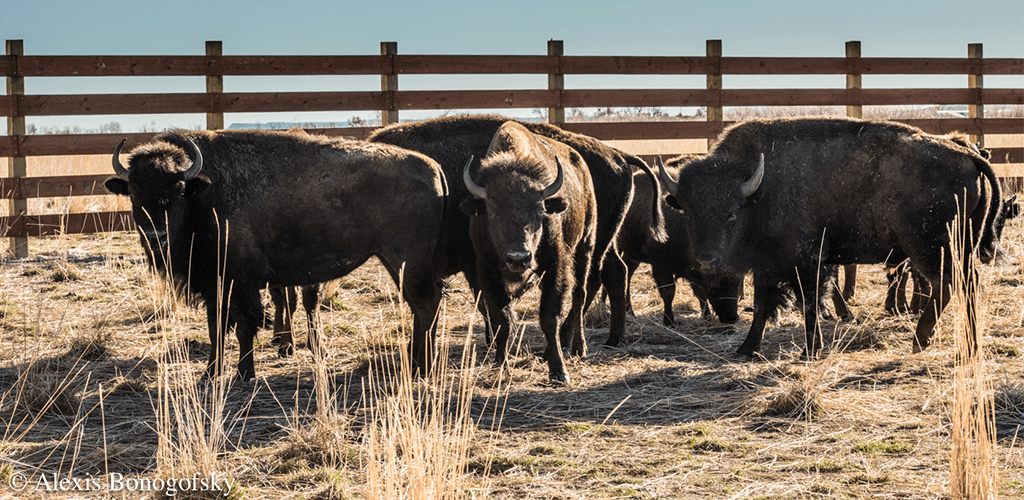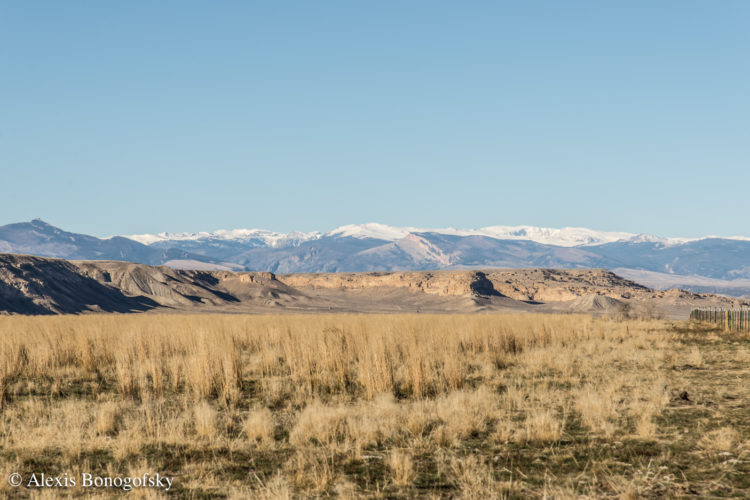We have much more to do and your continued support is needed now more than ever.
After 131 years, Buffalo Return Home to the Wind River Reservation

This morning, I joined more than 200 people to witness the return of 10 buffalo to the Wind River Reservation in Wyoming – the first time buffalo have roamed these tribal homelands since 1885.
Whether you hail from Denver or Cheyenne, Washington, D.C. or Washington State, New York City or Fort Washakie, Wyoming, this is a day that fosters unity. In these divisive times, we can rejoice in the return of a great American wildlife icon – the buffalo. “It is a proud day for our tribe,” explained Leslie Shakespeare, Council Member of the Eastern Shoshone Tribe. “Bringing back buffalo will also bring our people together.”

The return of buffalo to the Wind River Reservation is the culmination of decades of work to restore the area’s wildlife populations and ecosystems. It’s also part of a larger quest to restore buffalo, once essential to the Plains Indians’ existence, across tribal lands.
“Today, Boy-Zhan Bi-Den – Buffalo Return in the Shoshone language – has become a reality,” says Jason Baldes, Buffalo Representative for the Eastern Shoshone Tribe. “This restoration effort, forty years in the making, returns buffalo to our lands, our culture, our community, and generations to come.”

The Eastern Shoshone and Arapaho tribes on the Wind River Reservation have a long history of successful conservation programs. They designated the nation’s first wilderness area in 1938, more than two decades before passage of the 1964 Wilderness Act. In the early 1980s, the tribes enacted hunting regulations to conserve wildlife. Prior to this, unregulated hunting diminished wildlife populations and completely extirpated pronghorn antelope and bighorn sheep. The regulations allowed for ungulate populations to grow, and for reintroduction of pronghorn antelope and bighorn sheep. The tribes have thus restored the populations of six of the seven ungulates found in the area before the arrival of Lewis and Clark: moose, whitetail and mule deer, elk, pronghorn and bighorn sheep. The only one missing was buffalo.
Also, in the 1990s and 2000s, the tribes passed comprehensive wolf and grizzly bear management plans, recognizing the cultural and respectful relationship tribes have with predator species.
As executive director of the Wind River Native Advocacy Center, Baldes has talked to school children and tribal members about the return of bison. “The work has provided a platform to talk about bison,” Baldes says, and it has given the community a sense of ownership in the restoration.

The National Wildlife Federation has partnered with tribes to return wild buffalo to tribal lands in Montana and Wyoming. Two centuries ago, more than 30 million buffalo streamed across North America. The animals, a key part of the prairie ecosystem, were nearly wiped out by wholesale slaughter. NWF and other partners have worked to transfer wild buffalo from Yellowstone and other public lands to tribal lands to help build herds of genetically pure buffalo across the landscape.
Working hand in hand, the Eastern Shoshone Tribe and National Wildlife Federation have brought buffalo home to Eastern Shoshone land on Wind River after 131 years of absence. The circle has been completed with the return of this keystone species.
Today is a great day! Together, we can rejoice in the buffalo homecoming. Watch the release now:





















